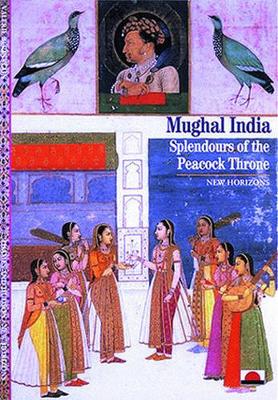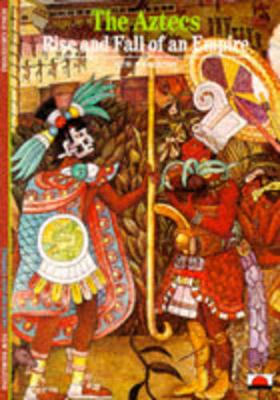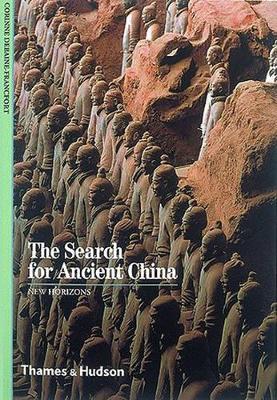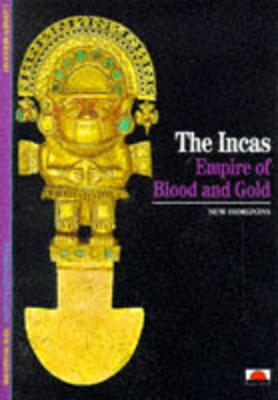New Horizons
4 total works
The Mughal empire dominated India for three centuries, rivalling the greatest rulers of Europe and the East in its power and splendour.
Under such enlightened patrons as Akbar the Great in the 16th century and Jahangir and Shah Jahan in the 17th century, this vast muslim empire produced paintings of technical excellence and architecture of exceptional quality, such as the Taj Mahal. However, in the 19th century, internal divisions, weak emperors and the expanding British presence led to its decline.
Using memoirs written by the rulers themselves, miniature paintings and architectural drawings, Mughal India reveals the achievements of this great empire.
Under such enlightened patrons as Akbar the Great in the 16th century and Jahangir and Shah Jahan in the 17th century, this vast muslim empire produced paintings of technical excellence and architecture of exceptional quality, such as the Taj Mahal. However, in the 19th century, internal divisions, weak emperors and the expanding British presence led to its decline.
Using memoirs written by the rulers themselves, miniature paintings and architectural drawings, Mughal India reveals the achievements of this great empire.
The gruesome Aztec practice of mass human sacrifice horrified Cortes when he entered Tenochticlan in 1519. Yet these bloodthirsty warriors also created a refined society, monumental architecture, powerful sculpture, magnificently illustrated codices, fine goldwork and brilliant feathered costumes. How did these contradictory aspects co-exist in one people?
The richly illustrated text is supplemented by contemporary documents including evidence on Aztec myths, social organization, trade, the arts, human sacrifice, the conquest, the continuation of Aztec religion after Christianity and the fate of the Indian population today.
The richly illustrated text is supplemented by contemporary documents including evidence on Aztec myths, social organization, trade, the arts, human sacrifice, the conquest, the continuation of Aztec religion after Christianity and the fate of the Indian population today.
In the late 19th and early 20th centuries, as China opened its doors, archaeologists introduced new field methods that led to important discoveries and the establishment of scientific research bodies.
Now, the splendours of ancient China can be revealed: from the famous terracotta army to the lavish tomb of the Marquis of Dai from the Han dynasty.
Now, the splendours of ancient China can be revealed: from the famous terracotta army to the lavish tomb of the Marquis of Dai from the Han dynasty.
When Francisco Pizarro landed in Peru in 1532 he found a vast empire seemingly overflowing with gold and silver. Ruled by monarchs claiming direct descent from the sun itself, its inhabitants built roads, bridges and terraced fields in the precipitous Andes, and made brilliant textiles and dazzling jewelry - all without possessing writing or the wheel. But within a few short months the Inca empire had been conquered and its subjects killed or enslaved.
With over 100 colour illustrations, The Incas tells the story of this magnificent civilization, from its earliest origins to its bloody demise.
With over 100 colour illustrations, The Incas tells the story of this magnificent civilization, from its earliest origins to its bloody demise.



